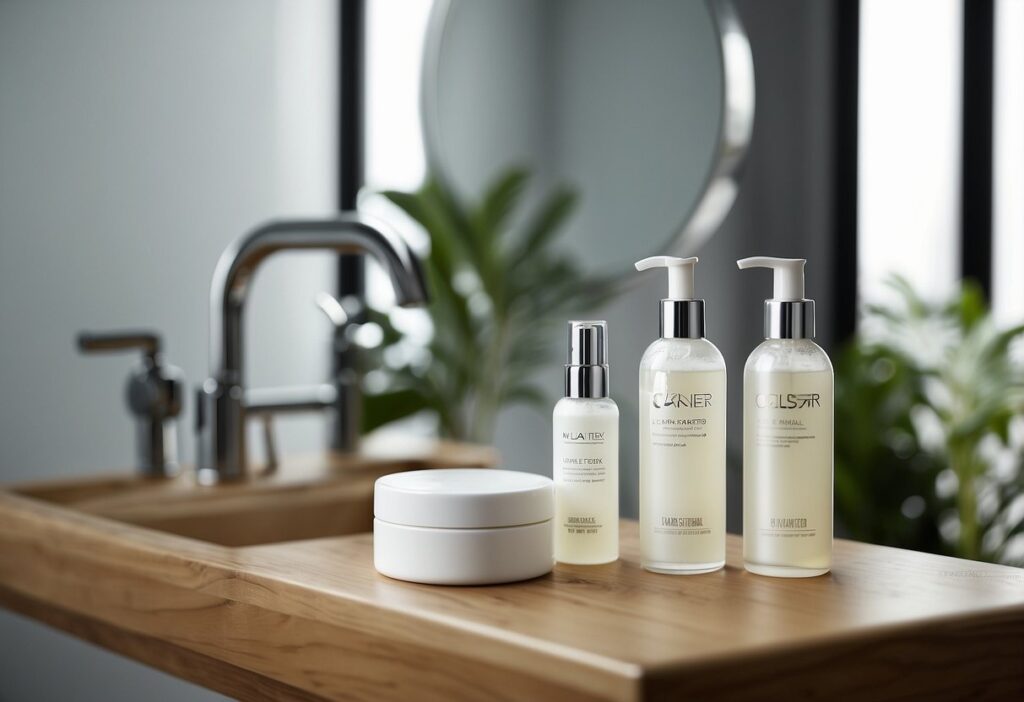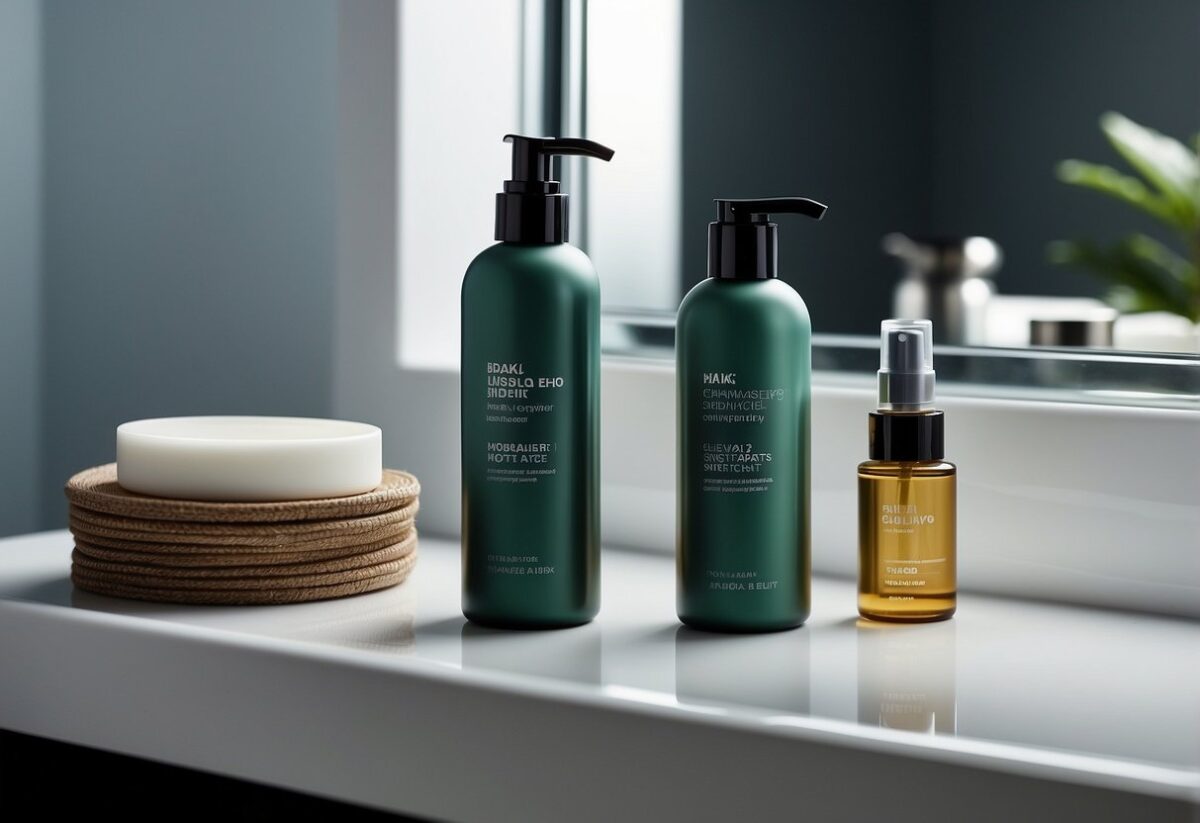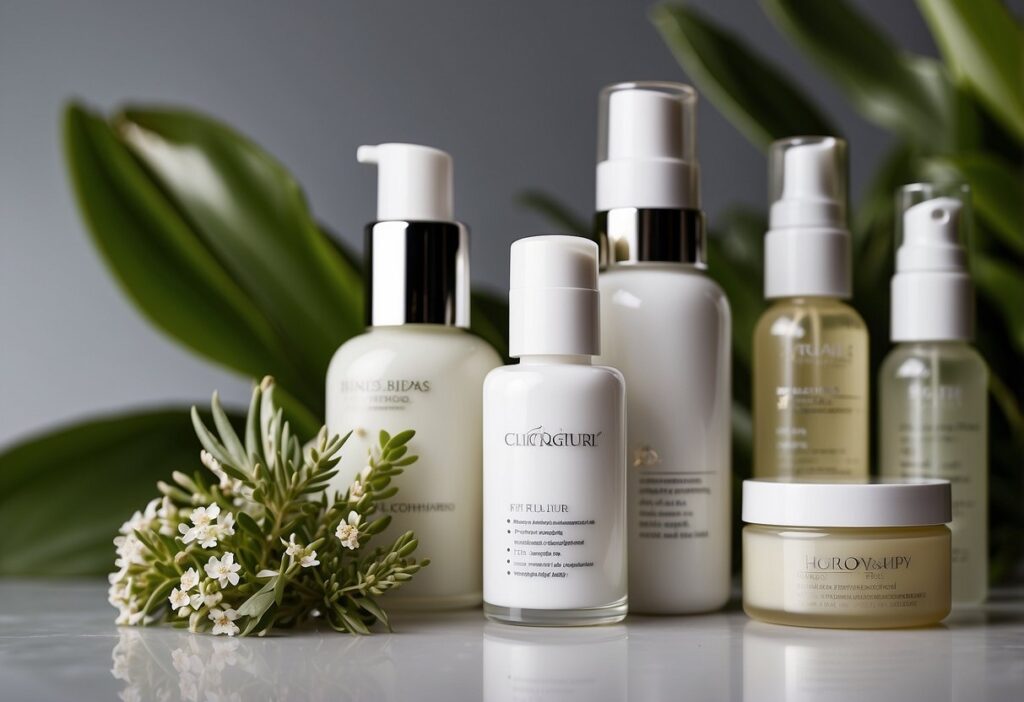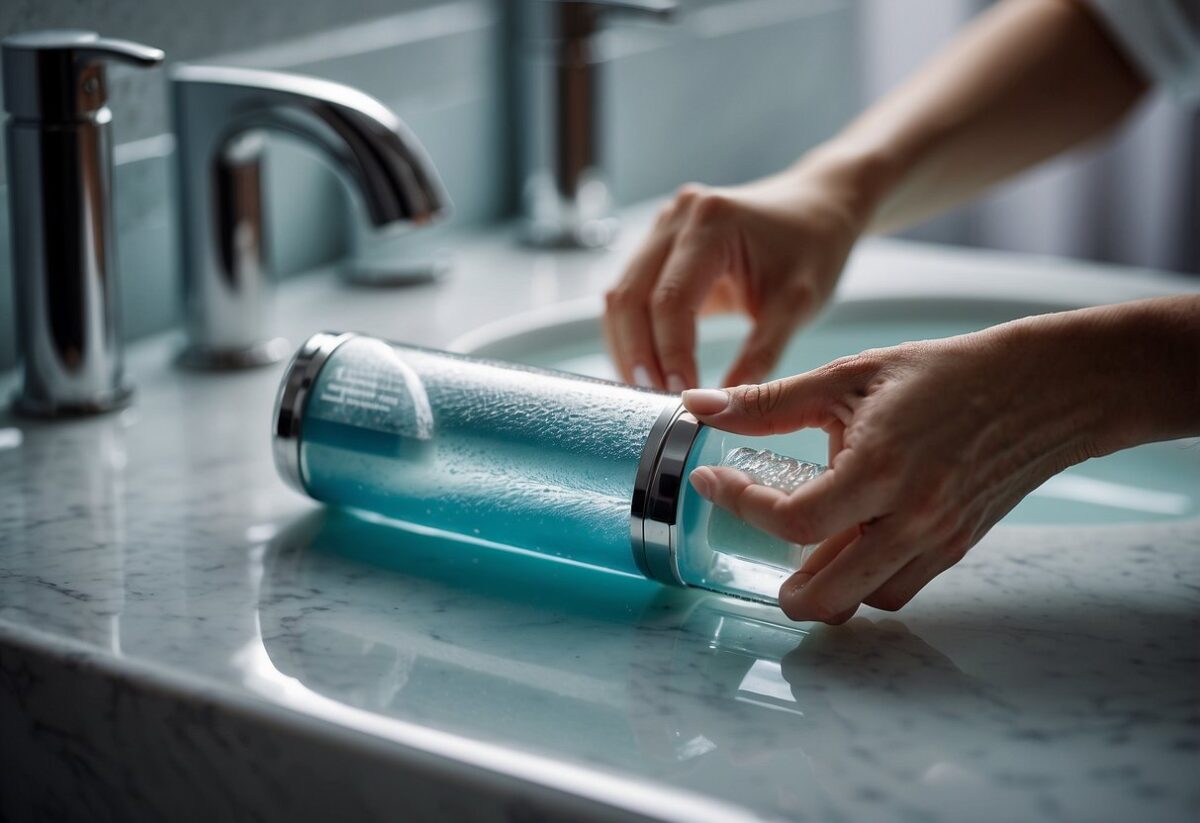3 Step Skin Care Routine: Achieve Flawless Skin Effortlessly
Real Comparisons Editor Team
on
July 19, 2024
Maintaining healthy, glowing skin can feel overwhelming with countless products on the market. A simple 3-step skin care routine can deliver effective results without the complexities. This routine typically includes cleansing, toning, and moisturizing, each playing a crucial role in managing skin health.
Cleansing removes dirt and impurities, while toning helps balance skin pH and tighten pores. Moisturizing ensures the skin stays hydrated and protected, maintaining that fresh, supple feel.
A well-crafted skin care routine is versatile enough to adjust between morning and nighttime needs, making it easy for anyone to follow consistently.
Key Takeaways
- Effective skin care can be achieved with a simple 3-step routine.
- Each step (cleansing, toning, moisturizing) plays a vital role in skin health.
- Adapt the routine for different times of day to suit specific skin needs.
How To Do A 3 Step Skin Care Routine?
A 3-step skincare routine is simple yet effective, focusing on cleansing, toning, and moisturizing. Each step has specific products and techniques that promote healthy and glowing skin.
Step 1: Cleanse
Begin with a gentle cleanser suited to your skin type. Cleansing removes dirt, makeup, and impurities.
For oily skin, a foaming or gel cleanser can help manage excess oil. For dry skin, look for cream or lotion-based cleansers that provide extra hydration.
Massage the cleanser in circular motions to improve blood circulation. Rinse thoroughly with lukewarm water to avoid stripping the skin of natural oils.
Morning and night cleansing ensure your skin remains clean and fresh.
Step 2: Tone And Nourish
Apply a toner to balance the skin’s pH after cleansing. Toners can also minimize pores and remove any leftover impurities.
For sensitive skin, an alcohol-free toner with soothing ingredients like chamomile or rose water is ideal. For acne-prone skin, choose a toner with salicylic acid or witch hazel.
Use a cotton pad to apply the toner gently across the face. Allow it to dry before moving on to the next step.
Step 3: Moisturize And Protect
Finish with a good moisturizer to lock in hydration and protect the skin barrier.
For daily use, lightweight moisturizers with ingredients like hyaluronic acid are suitable for most skin types. For those with very dry or mature skin, a richer cream may be necessary.
In the morning, follow up with a broad-spectrum SPF 30+ sunscreen to shield your skin from UV damage. Sunscreen is essential regardless of the weather. In the evening, you can opt for a moisturizer with retinol for added anti-aging benefits.
This routine helps maintain a healthy, radiant complexion.
Should My Morning Skincare Routine Be Different From My Nighttime Skincare Routine?

Yes, it should.
In the morning, the skincare routine focuses on protection.
A typical morning routine might include a gentle cleanser, an antioxidant serum, and broad-spectrum sunscreen.
Morning skincare aims to shield the skin from UV rays, pollution, and other environmental stressors.
Nighttime skincare focuses on recovery and repair.
A standard evening routine may begin with a more thorough cleanse to remove makeup, dirt, and oils accumulated throughout the day.
Incorporating treatments like retinoids or chemical exfoliants at night leverages the skin’s natural repair processes.
A night routine may also include a richer, more hydrating moisturizer.
Comparative table:
| Morning Routine | Nighttime Routine | |
|---|---|---|
| Purpose | Protection | Recovery and Repair |
| Products | Cleanser, Antioxidant Serum, Sunscreen | Cleanser, Retinoids, Chemical Exfoliants, Moisturizer |
| Specifics | Shields from UV rays and pollution | Removes makeup and dirt, supports natural repair |
Adapting routines according to time of day aligns with skin’s needs and daily environmental exposure.
Summary
A 3-step skincare routine is simple yet effective, focusing on specific needs for different skin types such as oily, dry, and combination, and addressing issues like acne. Men can equally benefit from a tailored 3-step approach.
Frequently Asked Questions
How does a 3-step skincare routine vary for oily skin?
For oily skin, start with a gentle foaming cleanser to remove excess oil. Use an oil-free moisturizer to keep the skin hydrated without clogging pores. Finish with a lightweight, non-comedogenic treatment to manage sebum production.
Can a 3-step skincare regimen effectively manage dry skin concerns?
Yes, it can. Use a hydrating cleanser to avoid stripping natural oils. Apply a rich moisturizer to lock in hydration. Finish with a hydrating serum or cream to address specific areas of dryness and maintain skin moisture balance.
What are the essential products for a 3-step skincare routine for men?
Men’s skincare should include a cleanser to remove dirt and impurities, a moisturizer to keep the skin hydrated, and an aftershave or face serum to address concerns like irritation or specific skin issues such as aging or acne.
How can I adapt the 3-step skincare routine to treat acne?
Use a gentle yet effective acne-fighting cleanser containing salicylic acid or benzoyl peroxide. Follow with a lightweight, non-comedogenic moisturizer. Apply a treatment with ingredients like retinoids or tea tree oil to target acne directly.



